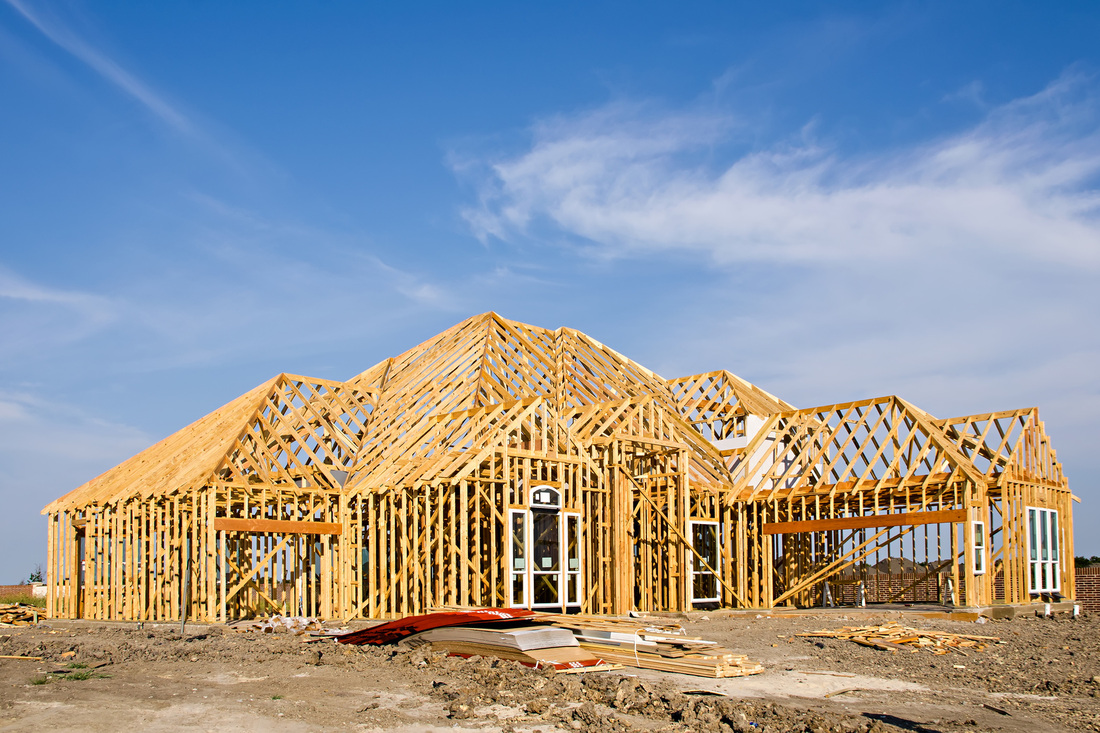Innovative Construction Technologies Transforming the Industry

Introduction
The construction industry, historically known for its resistance to change, is undergoing a seismic shift. Driven by the need for efficiency, sustainability, and safety, innovative technologies are not just knocking on its door; they are knocking it down. This article delves into these groundbreaking technologies reshaping the future of construction.
Emerging Technologies in Construction
Gone are the days of solely relying on manual labor and traditional building methods. The industry is embracing a tech-first approach, integrating advancements like 3D printing, artificial intelligence, robotics, and advanced building materials.
- 3D Printing: Revolutionizing the way buildings are constructed, 3D printing allows for complex, cost-effective structures to be built faster than ever before.
- Artificial Intelligence and Machine Learning: AI helps in predictive analysis, risk management, and design optimization, bringing efficiency to an unprecedented level.
- Robotics: Robots are being used for tasks ranging from bricklaying to window installation, reducing human error and workplace injuries.
Benefits of Technological Advancements
The impact of these technologies is profound:
- Efficiency and Productivity: With automation and precision, projects are completed faster and more accurately.
- Enhanced Safety: Advanced equipment and AI-driven safety tools reduce on-site accidents.
- Environmental Sustainability: Eco-friendly materials and efficient building practices contribute to a greener planet.
Case Studies
- A skyscraper in Dubai, one of the world’s first 3D-printed office buildings, was completed in just 17 days.
- In Japan, robots are being used to supplement the declining construction workforce, demonstrating significant improvements in productivity and safety.
Challenges and Considerations
Despite the promise, challenges persist. High initial technology costs, a skills gap in handling advanced machinery, and resistance to change are significant hurdles. However, with strategic planning and education, these challenges can be overcome.
FAQs
- Q1: How is AI impacting construction? A1: AI is revolutionizing construction through predictive analytics, project management, and design optimization, leading to cost savings and improved safety.
- Q2: Are these technologies cost-effective? A2: While initial investments are high, the long-term savings in time, labor, and materials make these technologies a cost-effective choice.
- Q3: Can small-scale projects benefit from these technologies? A3: Absolutely. Even small projects can leverage technology for efficiency and sustainability.
Conclusion
The wave of technological innovation in construction is unstoppable and transformative. As the industry embraces these changes, we can expect smarter, safer, and more sustainable building practices. The future of construction is not just about buildings; it’s about building smarter.…






